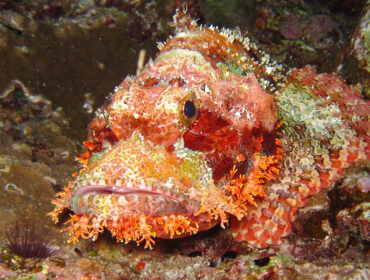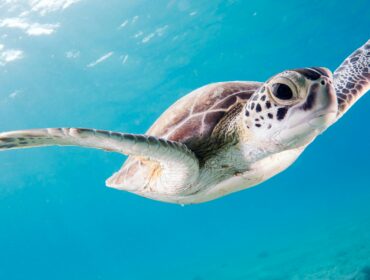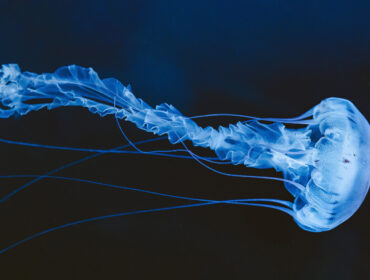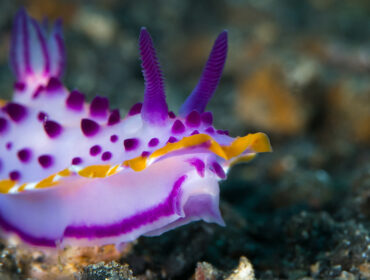One of the best ways to expose kids to marine life and the ocean environment is through tide pools. Tide pools are quite literally what their names describe: pools that form in relation to the oceanic tide. These pools form primarily along rocky coastlines, where plenty of crags and crevices provide the perfect habitat for creatures large and small.
While a variety of marine organisms call tide pools home both permanently and temporarily, we’re going to take a look at just five that are most commonly seen within these habitats.
Starfish
Echinoderms make up the majority of marine creatures of tide pools, and the starfish seems to always take center stage. These invertebrates feed on microalgae, bivalves, snails, and sponges — all of which are readily available within the confines of a tide pool. Starfish are considered a keystone species in most marine ecosystems because the variety of their diet and ability to adapt to different environments results in greater species diversity.
Anemone
When the starfish isn’t stealing the show, the reaching tendrils of the anemone can be a fascinating thing to watch in a tide pool. Anemones are filter feeders, catching tiny bits of plankton and even small snails and fish with their tentacles and bringing it into the central mouth. Like corals (a close relation), many anemones harbor single-celled algae that provide much of their energy in exchange for protection in a harmonious symbiotic relationship.
Barnacle
Perhaps the most ubiquitous marine creature of tide pools is the barnacle, whose numbers can swell into the hundreds in a relatively small area. You might think them related to bi-valves, as they often share space with mussels and clams on their rocky homes, but the barnacle is an arthropod more closely related to crabs and lobsters. While most barnacles inhabit shallow waters in the intertidal zone, some species have been found at depths of 2,000 feet.
Sea Urchin
If you try to reach out and touch the sea urchin in a tide pool, chances are pretty good you’ll regret it. Another echinoderm (related to starfish, sand dollars, and sea cucumbers) that grazes on algae on rocks and corals in tide pools and coral reefs. Each of its spines is sharp as a needle and surprisingly fragile, allowing them to easily break off into the flesh of predators. Some species even inject a venom along with the spine which can require medical attention.
Crab
A variety of crab species make up the marine creatures of tide pools, including shore crabs and hermit crabs (although hermits are not true crabs; they are more closely related to squat lobster). With plenty of algae around, crabs are quite well fed within the intertidal zone, but they will also feast on snails, diatoms, gastropods, kelp flies, and even other smaller, unfortunate crabs. Crabs must be on high alert even if they are preying on something else, as seabirds are always scanning for a tasty crab leg snack!




